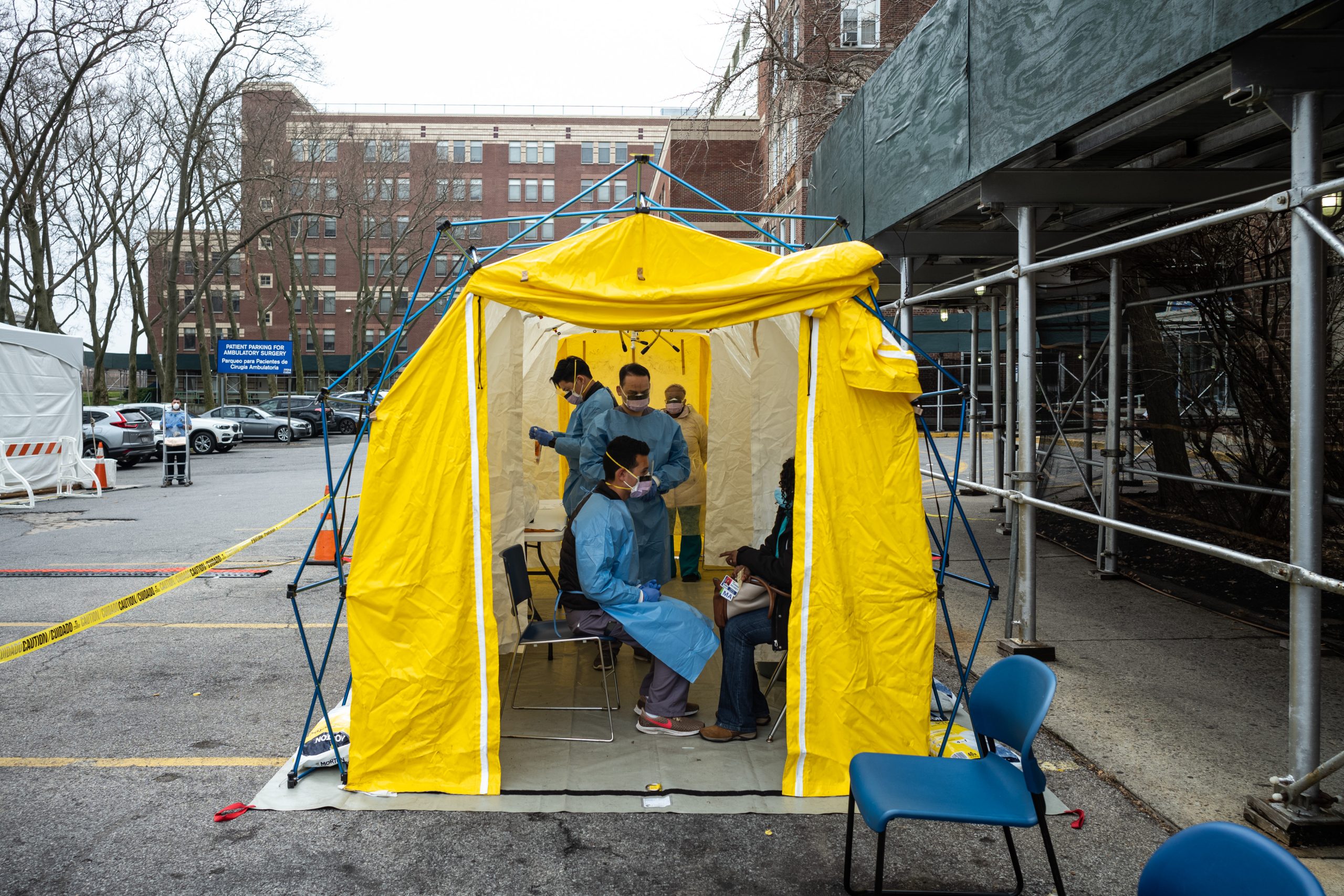The new coronavirus doesn’t just kill by storming lungs and other organs. It also kills by besieging health care systems.
If left to swirl in a community unchecked for a few weeks, the virus can whip up a tsunami of cases that crash into urgent care clinics, emergency departments, and intensive care units, quickly washing out beds, supplies, and staff.
In such a crisis, doctors must make heart-wrenching decisions about which patients get the last beds and which get scarce ventilators and respiratory therapists. At the same time, they’re likely facing shortages of personal protective equipment (PPE), such as masks and gowns. Rationing and reusing such items leads to more nurses and doctors getting sick. That means fewer health care workers to wade through the flood of patients. Some may even join their patients in needing critical care.
Meanwhile, the normal stream of patients needing emergency care for accidents, heart attacks, strokes, and other conditions may be lost in the deluge.
Just a few months ago, this scenario may have seemed unthinkable in countries with modern health care systems. But it has been a consistent feature of the COVID-19 pandemic so far. Reports include patients going from hospital to hospital to try to get treatment in Wuhan, China—where the outbreak began—to instances of patients in South Korea dying at home while waiting for a bed to open up in a hospital.
In hard-hit Italy, doctors report having to ration care and make difficult decisions about who among the critically ill to intubate. In Spain, patients are dying in waiting rooms.
In New York City, which has detected more than 21,800 cases and reported 281 deaths, doctors are already sounding the alarm of an overwhelming surge in cases. One doctor at a hospital in Queens described the situation as “apocalyptic.” The report noted that a refrigerator truck had been stationed outside the hospital to hold the bodies of the dead.


 Loading comments...
Loading comments...
